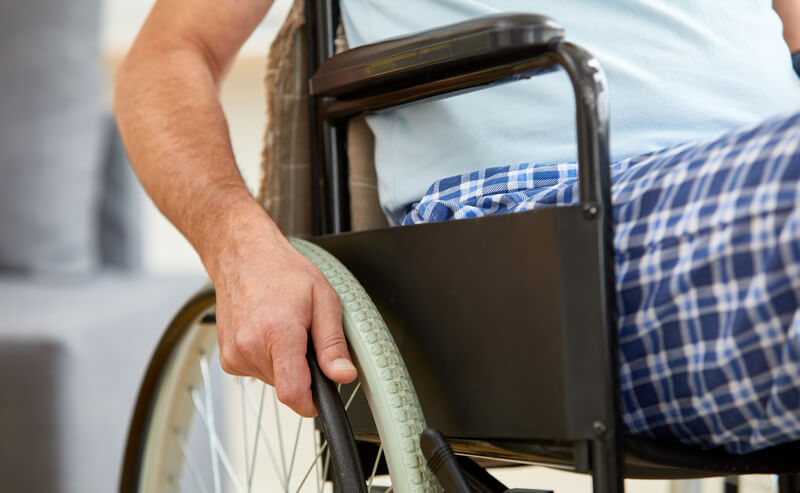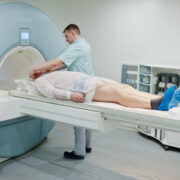Best Practices for Keeping Patients Safe in Assisted Living Facilities

The following guest post on patient safety in assisted living facilities was submitted by Paul Birung.
Assisted living facilities are modern health solutions that enable patients to live in the much-needed comfort of their home. These are centers that cater for varying services depending on who they are caring for. It is therefore important to note that in the same facilities considered a safe haven, every patient has his or her own character. There are those that remain calm during their stay, but there are others that are known to wander depending on the issue at hand. Especially those suffering from Alzheimer’s diseases including other forms of dementia.

Learn more about best practices to ensure the highest levels of patient safety in assisted living facilities.
It is for this reason that assisted living in Hilton Head including other areas should consider the following best practices for keeping patients safe and at ease in the health facility.
Identify and control wandering triggers
This is mostly important for patients with dementia and other types of illness that may increase the risk of wandering. Caregivers should meet and share with the family members so as to gain more insight into what issue is actually causing the patient to wander. Dementia patients have varying beliefs; one may believe that he/she is going to work, and another believe that he is looking for a lost family or friend – each day comes with its own assumption. Understanding these beliefs will give the nurse the best approach to take this information and use it to gain a more personal focus that will help manage the patient.
Embrace and connect with the patient
The feeling of having people that care around you by itself is therapy at some level. The patient should experience the sense of togetherness – one family. Assisted living facility should always train their staff to embrace the patients, to make them feel safe, and have a sense of belonging. To display the Zen atmosphere, make sure the room temperature is habitable, do not play loud music, and always avoid bright lighting.
Proper Supervision of at-risk patients
A detailed evaluation test should be done on all the patients to identify the different levels of at-risk patients. If a patient is deemed extreme, he/she should never be left unwatched especially when waiting for test or treatment. Constant supervision of these patients is strictly advised in assisted living facilities.
Explore the beauty of the exterior
Assuming that the assisted living facility has colorful and clean exterior, as long as there is supervision the outside is considered the excellent habitat during the day. Fresh air, green grass, artistic pathways, beautiful flowers and the natural lighting provides the ideal relaxation atmosphere that would calm a racing heartbeat. Recent studies have proven that daily exercise, as well as the freedom of moving around, have a tendency of reducing the constant movement of dementia patients.

Design protocols in case the worst happens
Effective protocols should be put in place to take care of the nomadic patients who fail to stay at a single place. This should include working with the police and the local residents when a patient is missing or has sneaked out of the facility. The facility should have a recent image of the patients as well as a few possessions kept in a plastic bag. These possessions can be used by the canine unit to pick up the scent for easy tracking of the patient.
Digital solution to the problem at hand
There are also digital solutions such as specialized pressure pads and sensors that can be installed on patient’s chairs and beds that would alert the caregiver once the patient gets up. Radio transmitters are also available to determine where the patient actually is. It is imperative that these practices are implemented to ensure the patients are safe and always at ease within an assisted living facility.
Author bio:
Sean Riggs is an enterprise correspondent and SEO expert. You can connect with him here: LinkedIn









Leave a Reply
Want to join the discussion?Feel free to contribute!